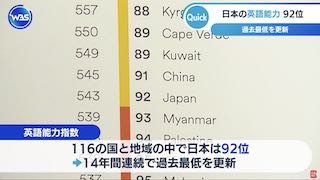Jun 04 (Nikkei) - Japan's government will allow NTT Docomo and its three major mobile rivals to set up 5G base stations on traffic signals, hoping to reduce the cost and time it takes to roll out the ultrafast networks by taking advantage of the nation's high density of traffic lights.
The roughly 200,000 traffic signals are administered by local governments. Local authorities will be able to use the networks for self-driving vehicle projects and emergency communications in natural disasters.
The plan is included in the government's draft IT strategy blueprint, obtained by Nikkei and expected to be approved by the cabinet by mid-June.
Tests of 5G equipment on traffic signals are to begin in multiple cities in fiscal 2020, which runs through March 2021, with a goal of completing the nationwide introduction by the end of fiscal 2023.
Relevant government bodies -- including the communications ministry, the National Police Agency, the transport ministry and local governments -- are to set up a council to coordinate the initiative.
Nationwide fifth-generation coverage is expected to require several hundred thousand base stations. Carriers will continue to use existing 4G stations, but as 5G signals reach shorter distances -- frequencies in the 28 GHz band, for example, have a range of only a few hundred meters -- the country's four carriers will need to find additional locations.
The four companies -- also including KDDI, SoftBank Corp. and newcomer Rakuten -- intend to make a combined investment of about 1.6 trillion yen ($14.8 billion) over five years through fiscal 2024.
Carriers often set up base stations on rooftops in areas lacking vacant land to build transmission towers. But most of the available space has already been used, an insider at a major carrier said. Negotiating with landlords also takes time and effort.















